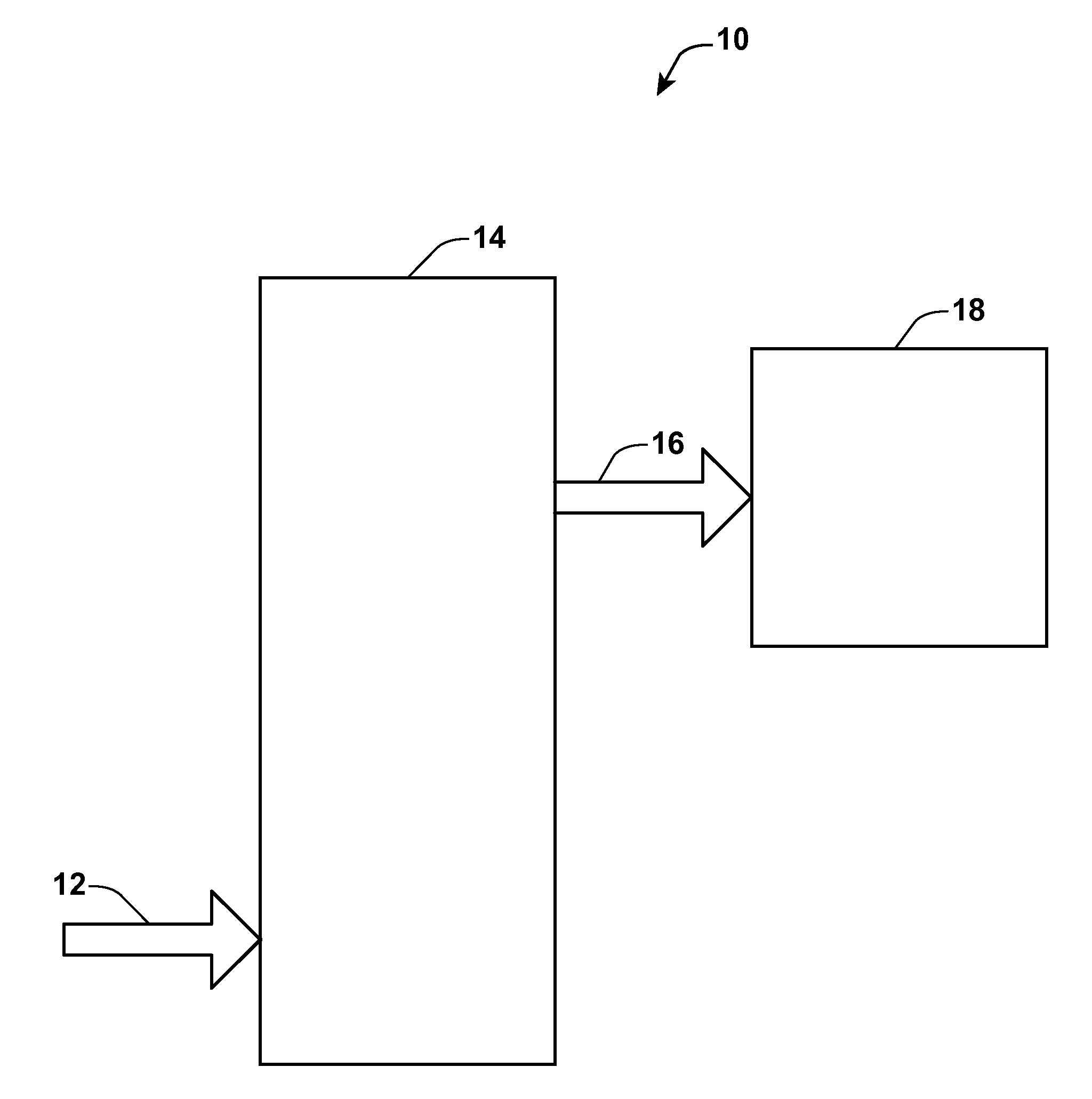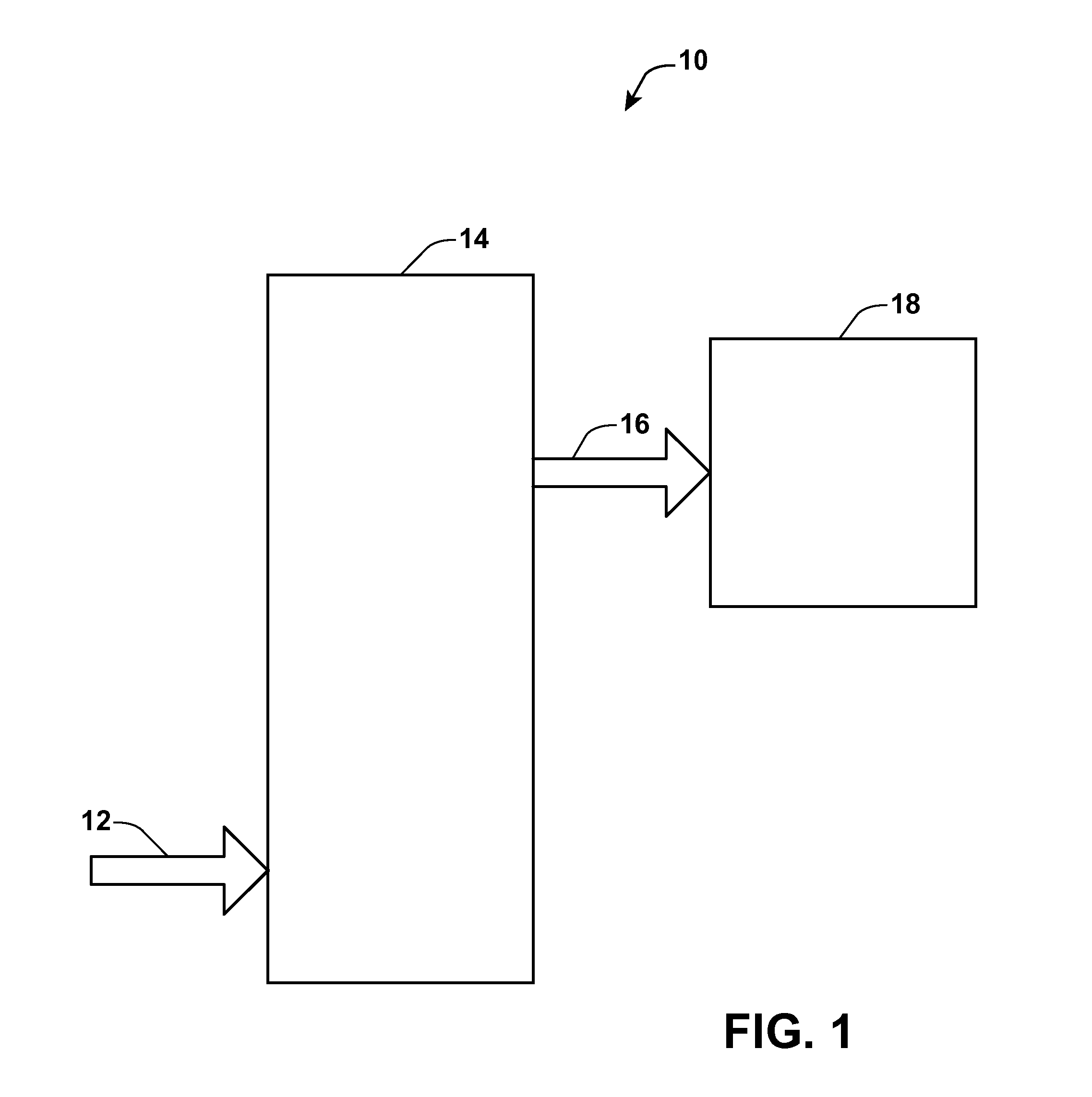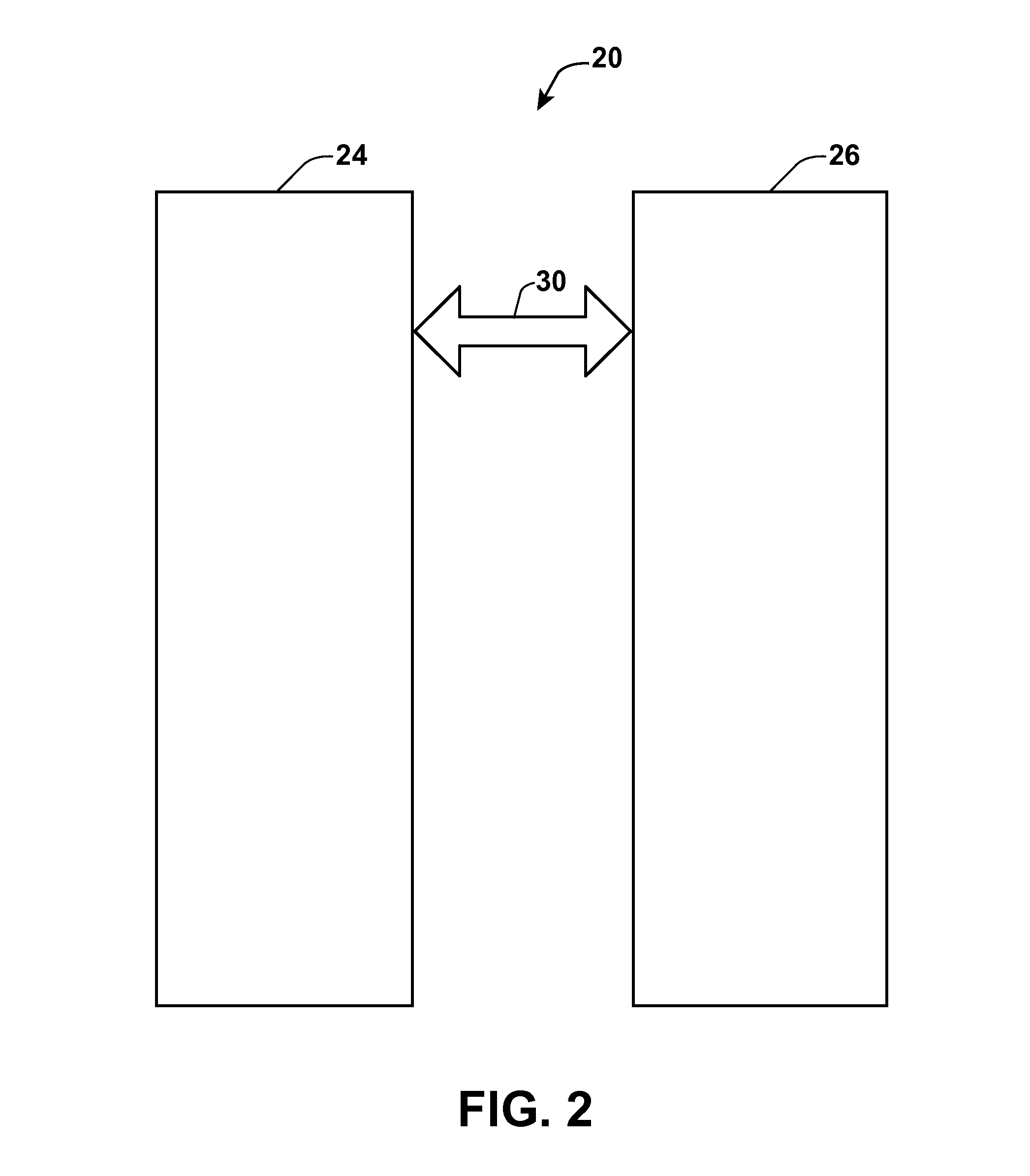High activity catalyst component for olefin polymerization and method of using the same
a high-activity, catalyst technology, applied in the direction of catalyst activation/preparation, physical/chemical process catalysts, chemical/physical processes, etc., can solve the problems of limited success and large amount of catalyst residues in the polymer
- Summary
- Abstract
- Description
- Claims
- Application Information
AI Technical Summary
Problems solved by technology
Method used
Image
Examples
example 1
[0166]Into a 250 ml Buchi reactor under N2, a mixture of 3.3 g MgCl2, 0.8 g phthalic anhydride, 50.92 g toluene, 6.41 g epichlorohydrin, and 6.70 g tributylphosphate was added. The mixture was heated for two hours while agitating at 400 rpm at 60° C. The reaction mixture then was cooled to −30° C., and 37.75 ml of TiCl4, was added slowly while maintaining the reactor temperature below −26° C. After the addition, the agitation rate was reduced to 200 rpm and the temperature was ramped from −26° C. to 0° C. in one hour, then 0° C. to 85° C. in one hour.
[0167]The mixture was held at 85° C. for 30 minute, then 0.4 g of 1,8-naphthyl dibenzoate was added (mother liquor addition). The mixture was stirred at 85° C. for one hour, then filtered. The solids were resuspended in 38 ml of toluene and 0.15 g of 1-(9-(methoxymethyl)-9H-fluoren-9-yl)-propan-1-one was added to the reactor (toluene addition). The mixture was agitated for one hour at 85° C. and 200 rpm. After filtration and two washes ...
example 2
[0171]The catalyst was synthesized under the same conditions as Example 1, except the 2nd activation was repeated one more time.
[0172]Propylene polymerization was the same as in Example 1. Yield: 692 g polypropylene. Catalyst activity: 69.2 kg / g. Xylene solubles: 3.11%. MFR: 1.1 dg / min, polydispersity index: 5.05.
example 3
[0173]The catalyst was synthesized under the same conditions as Example 1, except 0.5 g of 1,8-naphthyl dibenzoate was added in the mother liquor addition and 0.20 g of 1-(9-(methoxymethyl)-9H-fluoren-9-yl)-propan-1-one was added in the toluene addition.
[0174]Propylene polymerization was the same as in Example 1. Yield: 652 g polypropylene. Catalyst activity: 65.2 kg / g. Xylene solubles: 3.17%. MFR: 0.9 dg / min, polydispersity index: 4.94.
PUM
| Property | Measurement | Unit |
|---|---|---|
| temperature | aaaaa | aaaaa |
| temperature | aaaaa | aaaaa |
| temperature | aaaaa | aaaaa |
Abstract
Description
Claims
Application Information
 Login to View More
Login to View More - R&D
- Intellectual Property
- Life Sciences
- Materials
- Tech Scout
- Unparalleled Data Quality
- Higher Quality Content
- 60% Fewer Hallucinations
Browse by: Latest US Patents, China's latest patents, Technical Efficacy Thesaurus, Application Domain, Technology Topic, Popular Technical Reports.
© 2025 PatSnap. All rights reserved.Legal|Privacy policy|Modern Slavery Act Transparency Statement|Sitemap|About US| Contact US: help@patsnap.com



